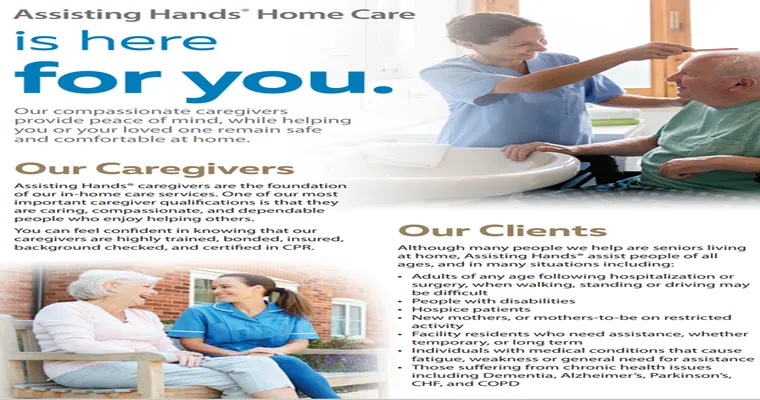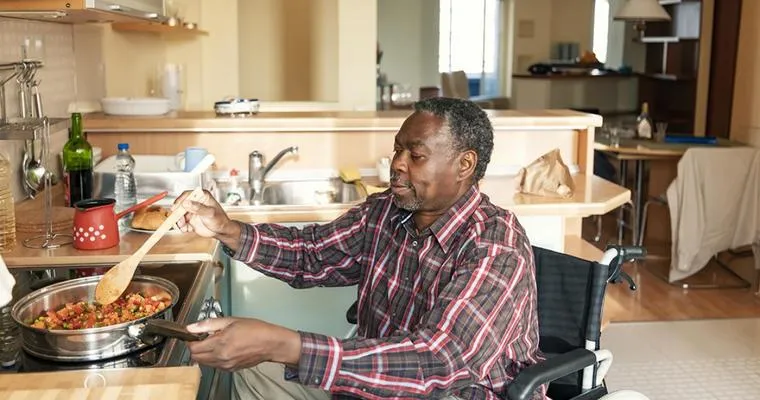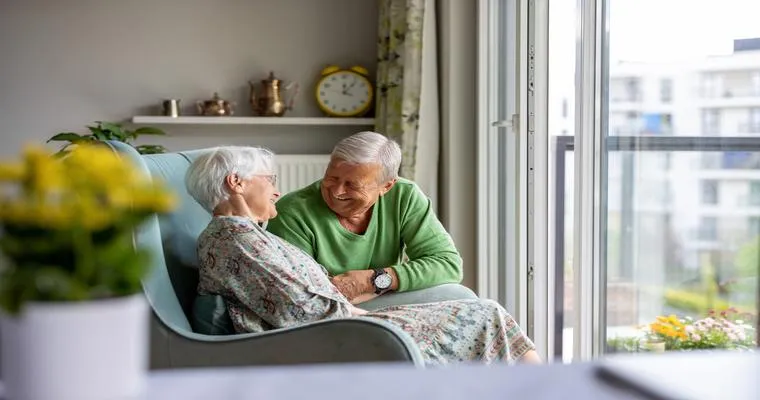As we grow older, many individuals prefer to remain in their own homes rather than relocating to assisted living facilities. This desire to maintain independence underscores the importance of "aging in place". With the right strategies and modifications, seniors can enjoy a comfortable and safe environment. In this article, we provide "expert advice" on how to effectively "age in place", ensuring that your home remains a sanctuary for years to come.
Understanding Aging in Place
Aging in place refers to the ability of seniors to live in their own homes safely and comfortably as they age. This concept emphasizes the importance of creating a supportive environment that caters to the physical, emotional, and social needs of older adults. To successfully age in place, it is crucial to assess the living space and make necessary adjustments to enhance safety and accessibility.
Key Modifications for Safety and Accessibility
1. "Bathroom Modifications": The bathroom can be a hazardous area for seniors. Installing grab bars near the toilet and in the shower can provide support and prevent falls. Consider using a shower chair and a handheld showerhead for easier bathing.
2. "Kitchen Adaptations": An accessible kitchen can make cooking enjoyable again. Ensure that frequently used items are within easy reach, and consider using pull-out shelves or drawers. Installing lever-style faucets can also make it easier for those with limited hand strength.
3. "Flooring Considerations": The type of flooring in your home can impact mobility. Opt for non-slip surfaces and avoid area rugs that can create tripping hazards. If possible, choose flooring that is easy to clean and maintain.
4. "Lighting Improvements": Good lighting is essential for safety. Ensure all areas of the home are well-lit, especially stairways and hallways. Consider using motion-sensor lights for added convenience and security.
5. "Emergency Preparedness": Having an emergency plan is vital for aging in place. Consider installing a medical alert system that allows seniors to call for help if needed. Make sure that emergency contacts and important medical information are easily accessible.
Health and Wellness Considerations
Aging in place is not just about physical modifications; it also involves maintaining health and wellness. Regular check-ups with healthcare providers can help monitor any changes in health status. Additionally, engaging in regular physical activity can enhance mobility and strength, contributing to overall well-being.
Social Connections and Community Involvement
Staying socially active is crucial for mental health. Encourage seniors to participate in community events, local clubs, or volunteer opportunities. Building connections with neighbors can also create a support network that enhances the aging in place experience.
Conclusion
Aging in place is a viable option for many seniors who wish to maintain their independence and quality of life. By implementing the right modifications and fostering an environment that supports health and social engagement, individuals can successfully navigate the challenges of aging. With expert advice and careful planning, you can create a safe and welcoming home that allows you to thrive in your later years. Embrace the journey of aging in place and enjoy the comfort of your own home.





